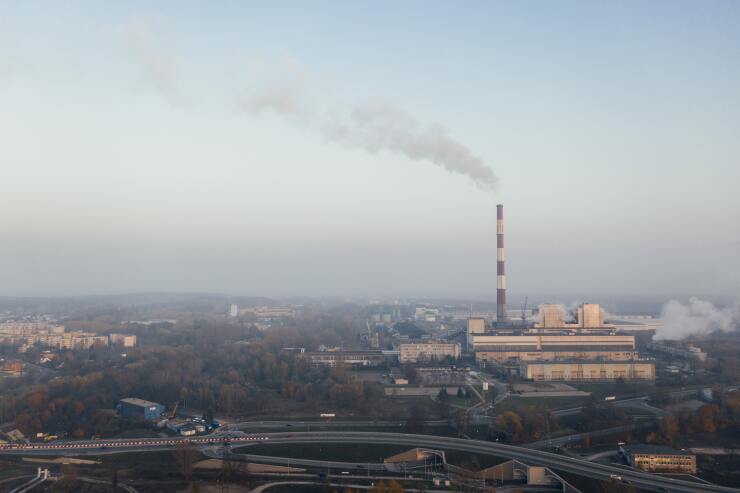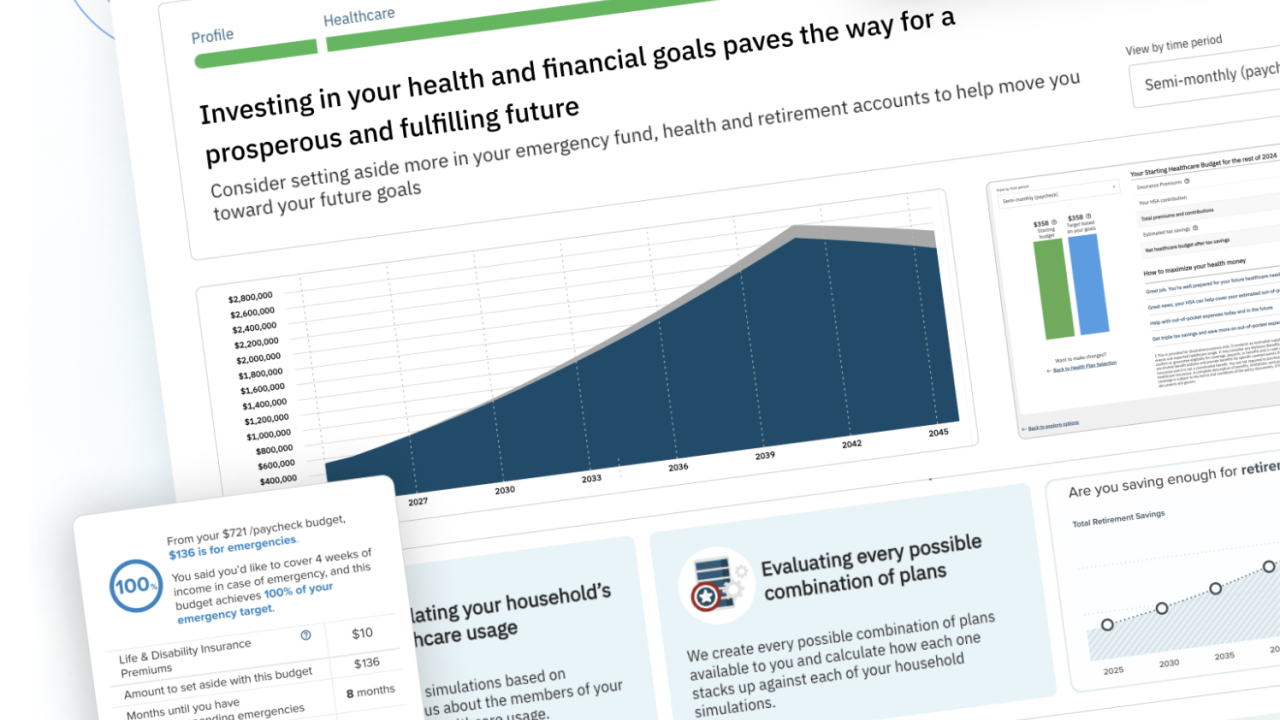First, the bad news: Most 401(k) and other employer-sponsored retirement plans, as well as individual retirement accounts (IRAs), have at least some money invested in companies that contribute to fossil fuel extraction,
"There's 100 million people in the United States with $10 trillion in assets that have no idea that they're investing in their own destruction," estimates Andrew Behar, chief executive officer of the shareholder advocacy group As You Sow. "It's been completely hidden."
Read more:
The combined carbon footprint of these accounts is enormous, too. A 401(k) plan with $1 billion in assets is responsible for roughly 64,000 metric tons of carbon dioxide equivalent, according to a
In some cases, the carbon impact of the retirement accounts "is bigger than the footprint of the companies themselves," says Andres Vinelli, CFA's chief economist, who contributed to the report. "That's kind of shocking in my mind."
It doesn't have to be that way. Even amid a
Read more:
Big-name companies, pension funds, and universities worldwide started divesting from fossil fuels about a decade ago. As of early September 2022, around 1,500 institutions had publicly committed to divesting from some form of fossil fuels, representing just over $40 trillion in assets,
For individuals looking to divest their own money, many large companies do not offer their employees any sustainability-focused retirement options, according to
"This has not been a priority to companies," says David Pinsky, a campaigner with the activist group WorkforClimate, which helps employees organize for greener 401(k)s. "They add one supposedly ESG fund to their lineup and consider it a win."
The problem is there are not a lot of good options — yet. The gold standard would be offering green target-date portfolios with a mix of bonds and stocks, the balance between the two shifting as a person nears retirement, says Zach Stein, co-founder of the green financial advising company Carbon Collective. The biggest investment companies and fund managers don't really offer these now, he says, so it's up to employees to get their employers to push for them.
Change is happening, slowly. Take
What they came up with instead, with outside help: a climate-friendly bonds option and a customized fund that roughly tracks the Russell 3000 Index minus fossil fuels, mining and other extractive companies. More than 6% of Patagonia employees' total retirement funds are currently invested in The Cleanest Line Fund. "We had to work with Vanguard to admit this separately managed fund to their platform," Besvold says.






